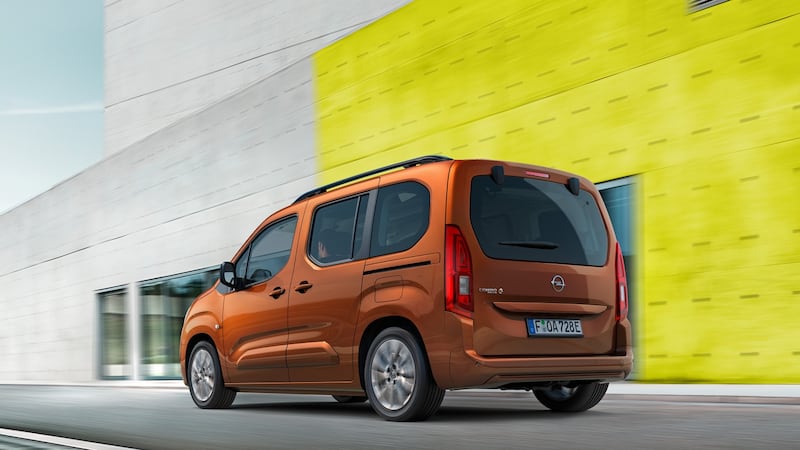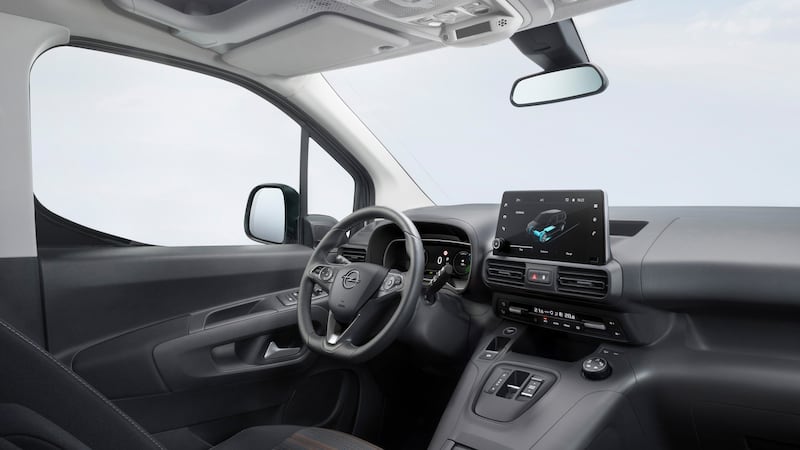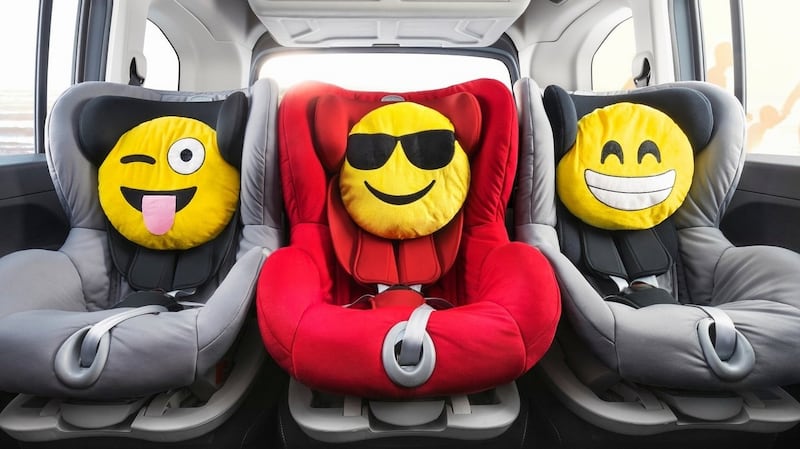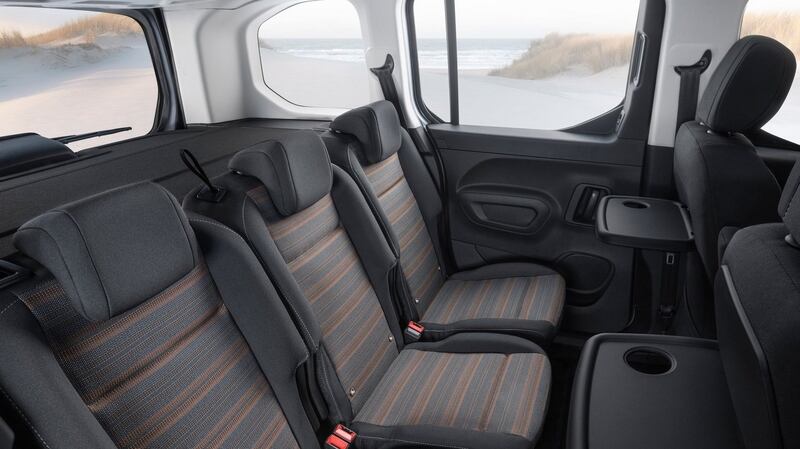Up to now, family car buyers have been relatively ill-served by the electric car revolution. If you've wanted something truly spacious and practical, you've too often been looking at a six-figure price tag for something with batteries (hello, Tesla Model X and indeed hello to Mercedes EQV). Sure, there's the likes of the Skoda Enyaq or VW ID.4, but these aren't the most affordable of cars either, and if you're trying to juggle multiple children and a dog, they start to run out of room pretty fast.
Equally, the affordable electric cars on the market are almost all exclusively small – the Renault Zoe and Peugeot e-208, for example. Trying to stuff a family and pet into one of those is like trying to play Jenga and Tetris at the same time.
Thankfully, there is now a solution. Opel, Citroen and Peugeot – the three conjoined companies now part of the vast Stellantis car-making supergroup – are now making their van-based MPVs with battery power only.
The move initially affects the Opel Combo, Peugeot Rifter and Citroen Berlingo – all of which are roomy practical people carriers based on the vans of the same names. All come with the same 50kWh battery pack and 136hp electric motor as you’ll find in the likes of the Opel Corsa-e hatchback and Peugeot e-2008 crossover.

The move affects the group’s larger van-based MPVs as well – the Opel Vivaro Combi, Peugeot Traveller and Citroen SpaceTourer will all also switch to electric power (although some diesel-engined versions of those bigger vans will still be on sale for the time being). Those larger eight- and nine-seater models are available with either the same 50kWh battery as the smaller vans, but also have the option of a larger 75kWh battery, which gives them a longer 330km range.
Keeping the smaller battery in the smaller, more popular MPV models means that they’re limited to a relatively brief 280km range, but they can fast-charge at speeds of up to 100kW, meaning that you can top the battery back up to 80 per cent power in less than half an hour at sufficiently rapid public chargers (assuming, as ever, that you can find one without a queue and that’s working. . .).
The move to electric-only power doesn’t mean there’ll be a massive jump in price, but that is in part down to the fact that some brands have been streamlining their ranges into one highly-specced model. For example, the Opel Combo Life’s last diesel-engined model started at €32,495, whereas the electric Combo-e Life now costs from €33,319. You’ll not be long making that price gap back in cheaper fuelling, especially with diesel at €1.90 a litre. . .
Citroen Ireland now also only lists the electric e-Berlingo, which starts at €35,394, while Peugeot Ireland doesn’t yet list an electric version of the Rifter, but with prices starting from just more than €30,000, there won’t be a dramatic increase in costs.

What will you get for your money? Well, in the Opel Combo-e, what you’ll mostly get is maximum practicality. The battery pack is stashed under the floor, so behind the driver there’s still a roomy cabin, accessed by handy sliding doors on each side, and optional seating for seven. Boot space is just massive – in our test car, which was the shorter of the two Combo Life models (at 4.4m long) the boot, at minimum, is a massive 571 litres, expanding to 2,126 litres when you fold down the back seats. If you go for the 4.75m-long XL model, the boot is a massive 850 litres, or 2,693 litres with the seats folded. There’s not an SUV on the market at a comparable price that can match that, so if you want maximally practical family motoring, this is where to look. Opel Ireland hasn’t brought in the seven-seat version of the Combo-e as yet, but it does exist and is available in other markets, so. . . just ask nicely, we guess?
Up front, the dashboard keeps the relatively cheap and cheerful plastics from the commercial version, but the seats get nice, expensive-looking upholstery and there are high-end digital displays for the instruments and infotainment. The central touchscreen is pretty fiddly in its menu layout, but Apple CarPlay and Android Auto come as standard, so you won't have to worry much about that. The driving position is comfortable, and as you sit up high – and there's lots of glass – the view out is panoramic.

Is the range as maximal as the space? No, I’m afraid it’s not. That 280km predicted range will drop pretty quickly to more like 200km if you’re doing motorway miles or it’s very cold out (as it was during our test drive). Really, the Combo-e and its newly electric brethren are for short intra-urban hops – if you regularly bring the kids to visit granny and grandad in the far-flung corners of the island, then maybe these cars aren’t for you. You can kinda tell that they’ve been developed in nations where long-haul, high-speed train services are the norm. . .
That’s a bit of a shame, as longer journeys would actually be pretty pleasant in the Combo-e. Without the constant chatter of diesel explosions, overall refinement is good (although you will hear more wind noise around those big door mirrors). Tyre roar is well suppressed though, and with the weight of the battery down low, the Combo-e manages to feel pretty deft around corners, even if the light, over-assisted steering doesn’t exactly encourage you to exploit such things.
While the range on one charge may not be particularly inspiring, it’s the Combo-e’s practicality that gets you. That massive boot. The three individual seats (each with an ISOFIX point) in the back. The massive storage bins between the front seats. Hopefully, as battery tech becomes cheaper, Opel (and Citroen, and Peugeot) might offer the rangier 75kWh battery in these cars. With a touch more range, a Combo-e could be a hugely impressive electric family wagon.

Opel Combo-e Life e-Edition Plus: the lowdown
- Power 100kW electric motor and 50kWh battery developing 136hp and 260Nm of torque, driving a single-speed automatic transmission with front-wheel drive.
- CO2 emissions (annual motor tax) 0g/km (€120).
- Electric range 280km.
- Electric consumption 17.5kWh/100km.
- 0-100km/h 11.7sec.
- Price €33,319 as tested.
- Verdict Could do with more range, but wonderfully practical family transport.














